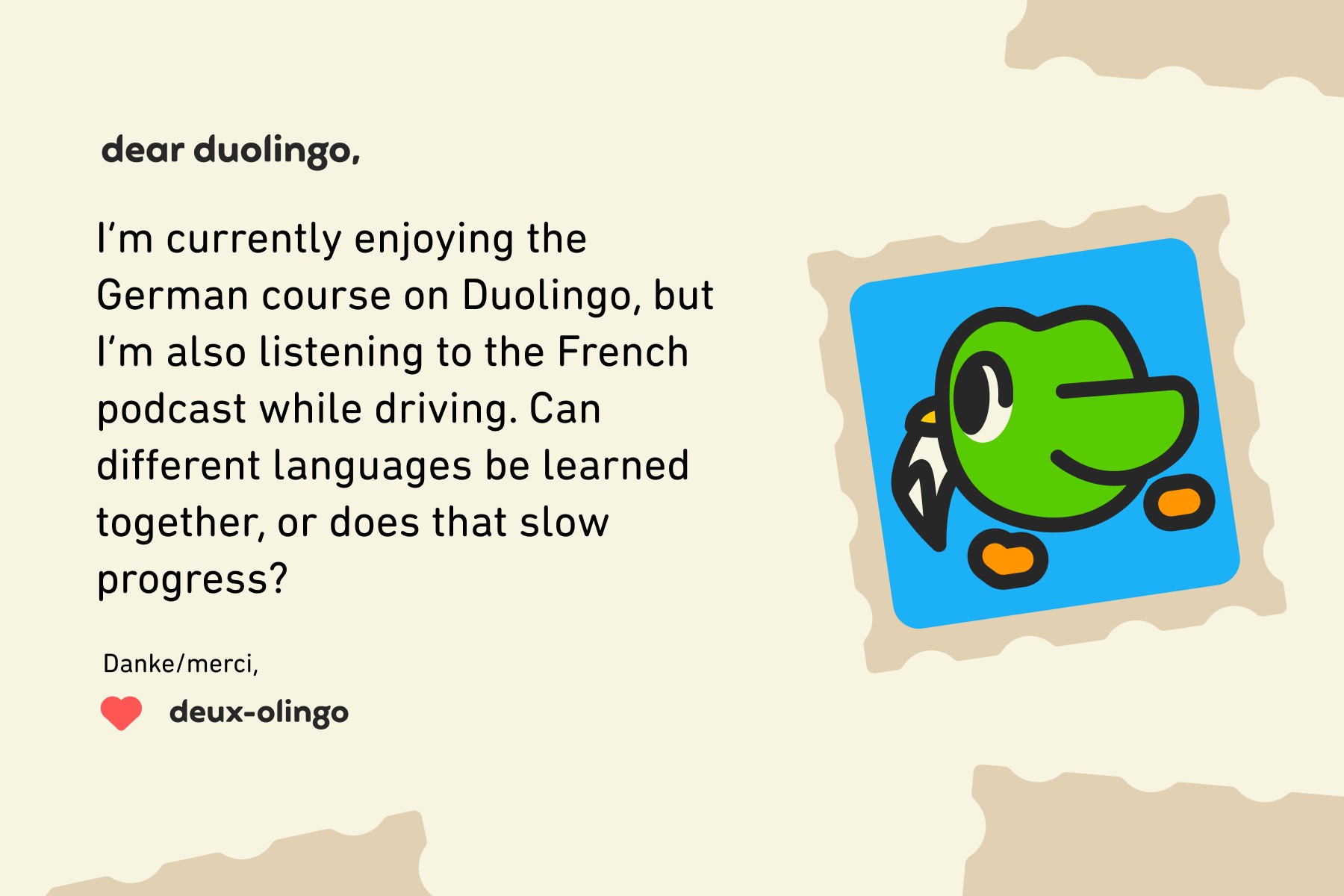Duolingo offers a plethora of language courses, but is it feasible to tackle multiple languages simultaneously? This article explores the possibilities and provides practical advice for managing your multilingual learning journey. We’ll delve into the benefits and challenges of learning multiple languages at once, offering actionable strategies for success.
Juggling Languages: Is it Possible to Learn Multiple Languages at Once?
The question of whether it’s effective to learn multiple languages simultaneously is a common one. The answer, thankfully, is yes! Learning multiple languages amplifies the cognitive and cultural benefits of language acquisition. It enhances cultural understanding and reveals fascinating linguistic parallels. For example, Eastern European languages like Ukrainian and Polish share similar pluralization rules, while Italian and Spanish boast numerous cognates (shared words).
However, be prepared for potentially slower progress in each language, especially if you divide your study time instead of increasing it. This trade-off might be perfectly acceptable if your goal is leisurely exploration rather than rapid fluency.
Strategies for Multilingual Learning Success on Duolingo
Here are some tips to optimize your multi-language learning experience:
Choose Languages that Spark Your Interest
Select languages associated with cultures or regions that genuinely fascinate you. Engaging with music, movies, or TV shows in your target language can significantly boost motivation. Initially, consider learning languages that aren’t overly similar, such as Spanish and Portuguese, to avoid potential confusion.
Mastering Time Management for Multiple Languages
Learning multiple languages demands significant time commitment. Prioritize one or two languages, allocating most of your study time to them. Establish a daily schedule dedicating specific days to specific languages. Consistency is key; a regular routine will solidify into a habit, making it easier to stay on track.
Immerse Yourself Fully in Each Language
On a designated language day, dedicate yourself entirely to that language. Utilize Duolingo lessons, listen to music, and watch shows in your target language. Subtitles can be helpful initially, but try to wean yourself off them as your comprehension improves. Repetition is crucial, especially when learning multiple languages, so actively use new vocabulary in speaking and writing.
Strategic Language Pairing and Progression
Consider spacing out your language learning endeavors. Focus on one language for a year, then add another the following year. Alternatively, start with two languages and add more as your confidence grows. Languages with shared roots, like English and German, can be a good starting point. However, if learning closely related languages like Spanish and Italian, wait until you reach an intermediate level in one before tackling the other.
Acknowledge and Celebrate Your Progress
Language learning is a marathon, not a sprint. Don’t get discouraged by slow progress. Instead, celebrate small victories, such as understanding a song or confidently responding to a question in your target language. These milestones provide motivation and reinforce your commitment.
Embrace the Challenge of Multilingualism with Duolingo
Learning multiple languages simultaneously is ambitious but achievable. With careful planning, dedication, and the right strategies, you can unlock the rewarding world of multilingualism. Don’t let fear hold you back. Embrace the challenge, and you’ll be amazed by your progress.
